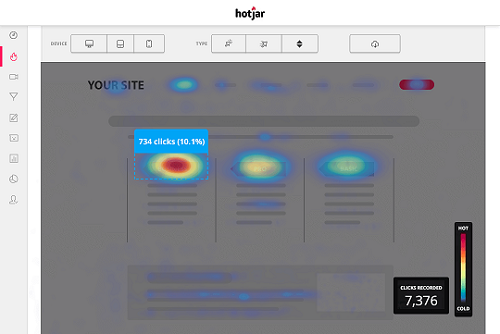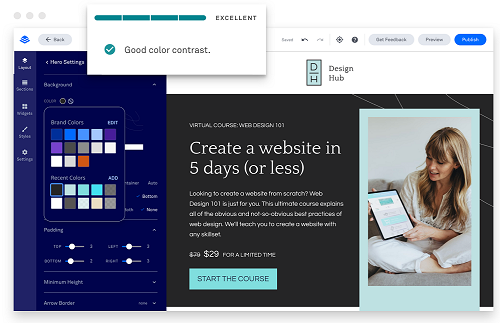Museum of Modern Art Adds the Original Emoji Set to its Collection
 |
| Digital Trends |
 |
| spiriters-resource.com |
New York City's Museum of Modern Art (MoMA) has recognised that emoji language was born with Kurita. On 26 October, MoMA added the original set of emojis to its collection. To mark the occasion, the museum will be opening an installation in December to fully delve into emoji beginnings and offer a new look at classic favourites.
MoMA's Paul Galloway wrote a piece explaining the history and significance of emoji. In it, he says, "Filling in for body language, emoticons, kaomoji, and emoji reassert the human in the deeply impersonal, abstract space of electronic communication." As a society, we learn to exist within preexisting parameters, "The design of a chair dictates our posture; so, too, does the format of electronic communication shape our voice."
NTT Docomo marked their place at the forefront of innovation by bringing imagery to early mobile technology, sourcing manga, symbol languages, and basic emoticons to create a popular set of images. By tailoring images to 12 x 12 pixels, the telecommunications company pushed the era of a global, visual language into existence.
 |
| Paul Galloway's Piece |
From EmojiCon to the Unicode Emoji Subcommitte to lengthy-but-accurate emoji stories, this new form of communication has been embraced with open arms and willing souls. If you are attending EmojiCon in San Francisco, MoMA's Paul Galloway will be a guest speaker! Don't miss him.
Jacqui Litvan
Jacqui Litvan, wielding a bachelor's degree in English, strives to create a world of fantasy amidst the ever-changing landscape of military life. Attempting to become a writer, she fuels herself with coffee (working as a barista) and music (spending free time as a raver). Follow her @Songbird_Jacqui
Contact us on Twitter, on Facebook, or leave your comments below. To find out about social media training or management why not take a look at our website for more info: TheSMFGroup.com
Museum of Modern Art Adds the Original Emoji Set to its Collection
 Reviewed by Unknown
on
Monday, October 31, 2016
Rating:
Reviewed by Unknown
on
Monday, October 31, 2016
Rating:
 Reviewed by Unknown
on
Monday, October 31, 2016
Rating:
Reviewed by Unknown
on
Monday, October 31, 2016
Rating:














 Entrepreneur, international speaker on Social Media Marketing. First one in the UK to write and speak in conferences about Twitter as a marketing tool. Consultant to Corporate Companies, Government Organizations, Marketing Managers and Business Owners.
Entrepreneur, international speaker on Social Media Marketing. First one in the UK to write and speak in conferences about Twitter as a marketing tool. Consultant to Corporate Companies, Government Organizations, Marketing Managers and Business Owners. Aspiring novelist with a passion for fantasy and crime thrillers. He hopes to one day drop that 'aspiring' prefix. He started as a writer and soon after he was made Executive Editor and Manager of the team at Social Songbird. A position he held for 5 years.
Aspiring novelist with a passion for fantasy and crime thrillers. He hopes to one day drop that 'aspiring' prefix. He started as a writer and soon after he was made Executive Editor and Manager of the team at Social Songbird. A position he held for 5 years. Musician, audio technician, professional tutor and a Cambridge university English student. Interested in writing, politics and obsessed with reading.
Musician, audio technician, professional tutor and a Cambridge university English student. Interested in writing, politics and obsessed with reading. Recently graduated with a BA in English Literature from the University of Exeter, and he is about to study an MA in Journalism at the University of Sheffield. He is an aspiring journalist and novelist; in his free time he enjoys playing chess, listening to music and taking long walks through nature.
Recently graduated with a BA in English Literature from the University of Exeter, and he is about to study an MA in Journalism at the University of Sheffield. He is an aspiring journalist and novelist; in his free time he enjoys playing chess, listening to music and taking long walks through nature. Lucy is an undergraduate BSc Politics and International Relations student at the London School of Economics and Political Science.
Lucy is an undergraduate BSc Politics and International Relations student at the London School of Economics and Political Science. Anna Coopey is a 4th year UG student in Classics at the University of St Andrews in Scotland. She is a keen writer and researcher on a number of topics, varying from Modern Greek literature to revolutionary theory.
Anna Coopey is a 4th year UG student in Classics at the University of St Andrews in Scotland. She is a keen writer and researcher on a number of topics, varying from Modern Greek literature to revolutionary theory.
